Monument unveiled to Serbia's famous "Iron Regiment"
A monument to the Serbian Kingdom Army's 2nd Infantry Regiment has been unveiled in the town of Prokuplje.
Friday, 12.10.2018.
16:50
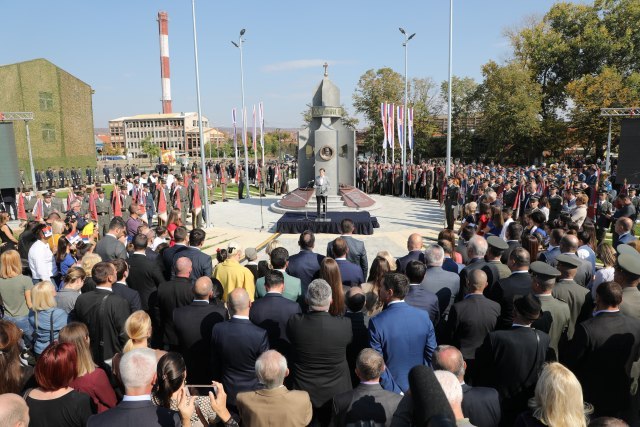
Monument unveiled to Serbia's famous "Iron Regiment"
The Iron Regiment took part in the (Balkan and WWI) wars between 1912 and 1918, and has entered history for the heroism of its soldiers, that had captivated and amazed almost all the allied armies and their military leaders, governments and nations.Famous for its courage, firmness and the high fighting morale, the regiment was first filled by Serbian soldiers in the prime of their lives, aged 21 to 31, and mobilized precisely in Prokuplje, where the regional regiment's command was located.
Among the members of the regiment most came from Jablanica, Pustorecna, Toplica and Zaplanjaca districts, and on the eve of the (First Balkan) war, on October 7, 1912, when the regiment left Prokuplje to fight against Turks, there were 60 officers, 445 non-commissioned officers, 4,210 privates - and 29 musicians.
A credible record about the fighting morale of Serbia's soldiers who made up this regiment was left by their opponent and an occupying soldier, a corporal in the 11th regiment of the 9th Austro-Hungarian Division, and participant in the Cer and Kolubaras battles, the well-known writer Egon Erwin Kisch.
"Only in Serbia in 1914 I realized that the love for freedom by a small nation is stronger than the violence of the great and the powerful ones. I only understood Chateaubriand here, that the inescapable power of the will saves everything, and that the weakness of force is that it only believes in force," noted Kisch.
Famous Franchet d'Esperey wrote: "These are peasants, almost all of them: the Serbs, tough when facing trouble, sober, modest, unbreakable; these are free people, proud of their own race and masters of their fields."
Of the fifty regiments of the Serbian army, only the 2nd Infantry Regiment was of the first call, wearing the honorary name "Iron Regiment".
The name was not received either from the king or the Serbian Supreme Command but spontaneously from the Serbian soldiers of other regiments because of the extraordinary courage of the great warriors in the battlefields of the Balkans.
As it historical records state, the enemy would, if they learned that it was "the iron" in front of them, tremble and be overcome by panic, and those particularly afraid were the Bulgarians.
The special feature of this regiment was that the soldiers were able to defeat the positions at the cost of the heaviest losses until the last minute, and then go on the offensive, even when any other army would start retreating, and almost every battle they ended with a violent charge onto the bayonets.
Unfortunately, a large number of these brave soldiers who made up "the iron ones" never returned to their homes.
The war banner of the Second Infantry Regiment of the Morava Division of the first call "Knjaz Mihailo (Prince Mihailo)" is the most decorated banner in the Serbian army's history.
The regimental banner has been decorated with: Karadjordje's Star with swords of II, III and IV degree, the Order of the White Eagle of III degree, the Gold medal for courage and the French War Cross.
The special place of this regiment in the Serbian army is confirmed by the fact that the casket with the remains of King Peter I Kardordjevic was covered with the flag of the 2nd Iron Regiment.
It is interesting that the only two women celebrated by the Royal Order of Karadjordje's Star with Swords, Milunka Savic and Flora Sands, have been made famous by fighting in the regiment's ranks.
Until May 5, 1920, the regiment was kept in Belgrade as a guard unit, providing security for the Dvor (Palace), the National Assembly and the ministries, and only after the formation of the Guard had been set up, the regiment was demobilized.
The monument to this regiment was built in 2016 by the locals of the mountain village Igriste, near Kursumlija, by voluntary contributions, and tomorrow in the presence of the Serbian president, Aleksandar Vucic, another monument to the famous regiment will be unveiled in Prokuplje.
Prokuplje celebrates one hundred years since the liberation in the Great War in 1918, when the units of the First Serbian Army with Duke Peter Bojovic at its helm marched into the city.
The liberation took place just one year after the outbreak of the Toplica Rising, which was a bright example in the context on an enslaved Europe.



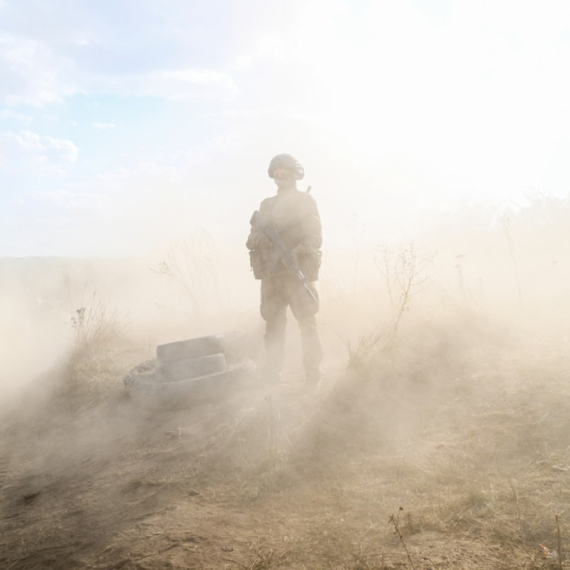
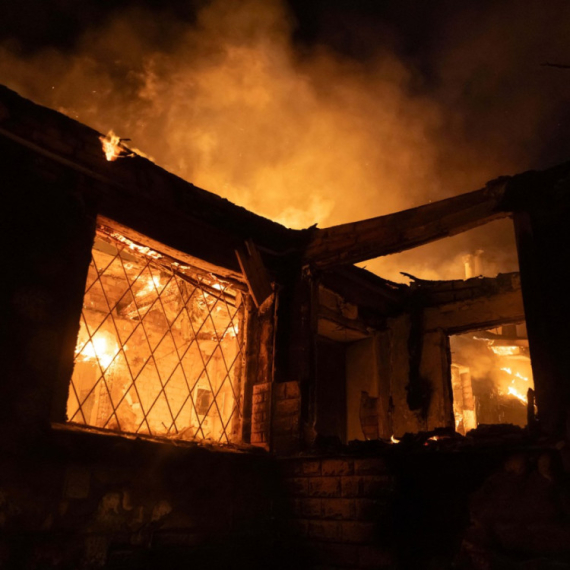
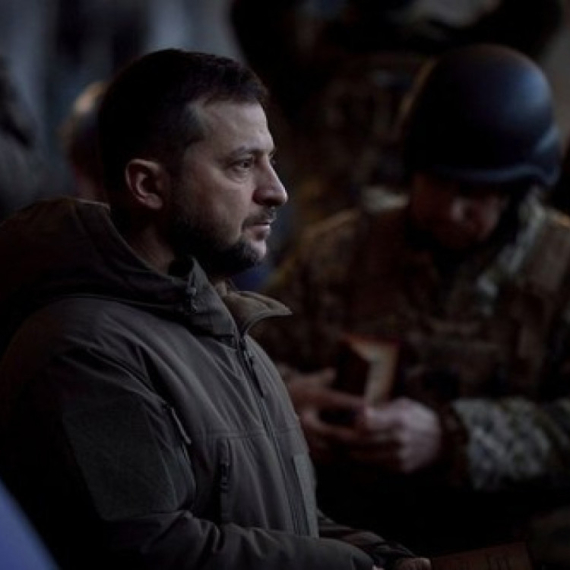
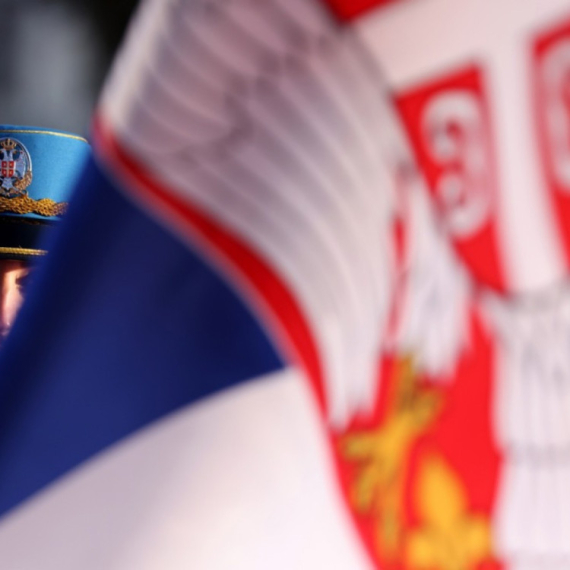



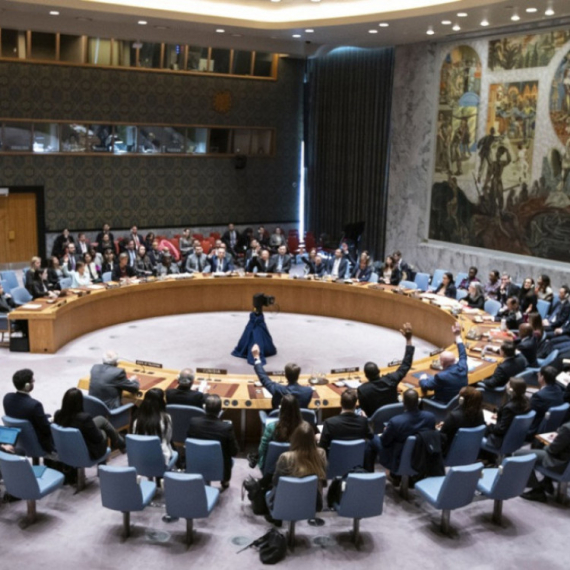
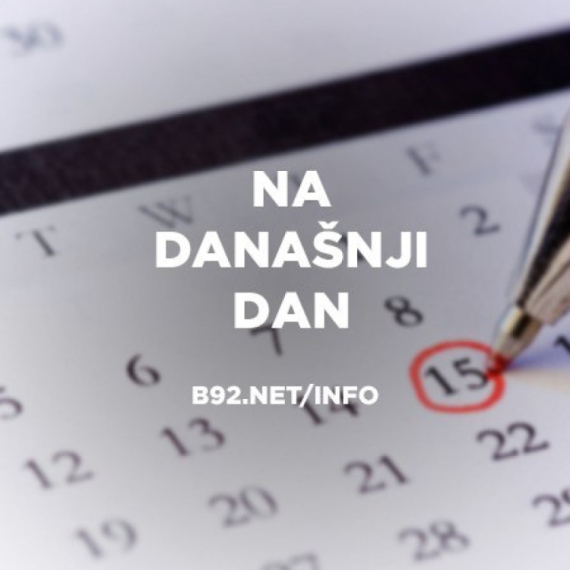
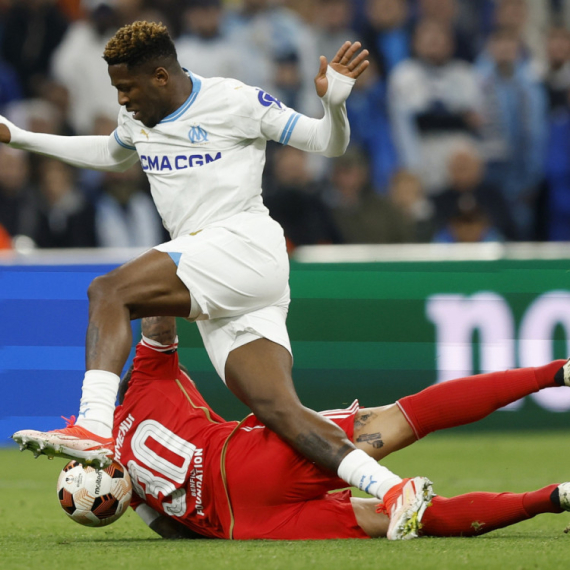
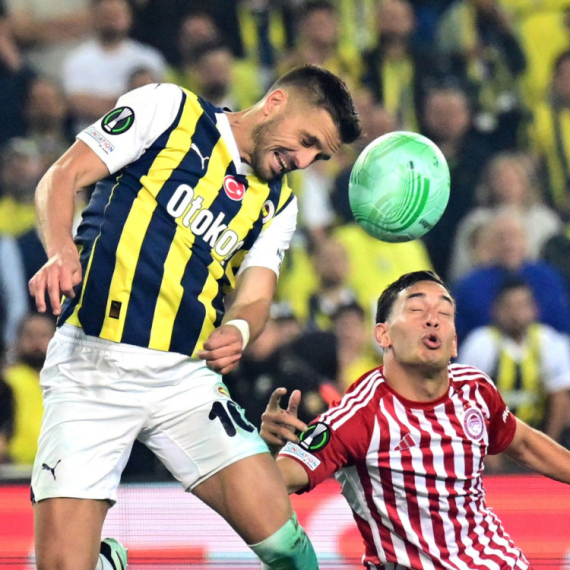
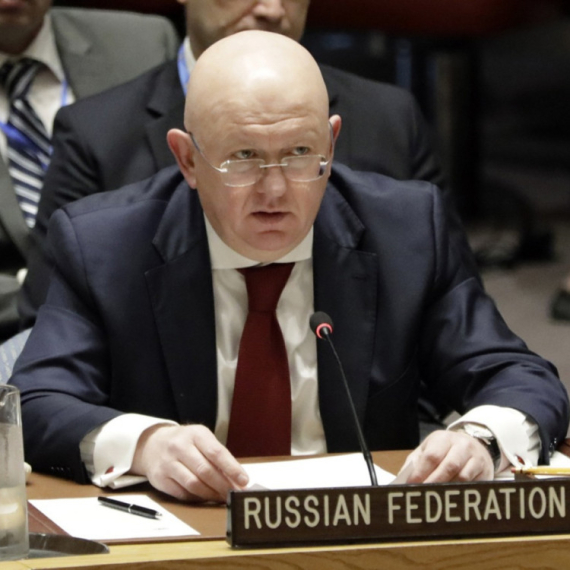
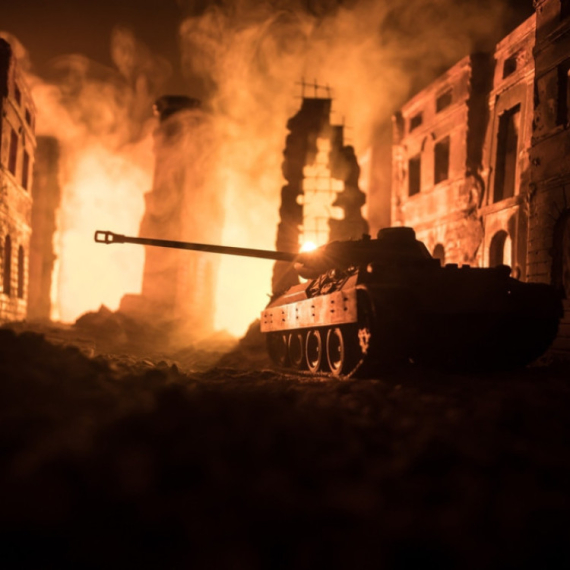





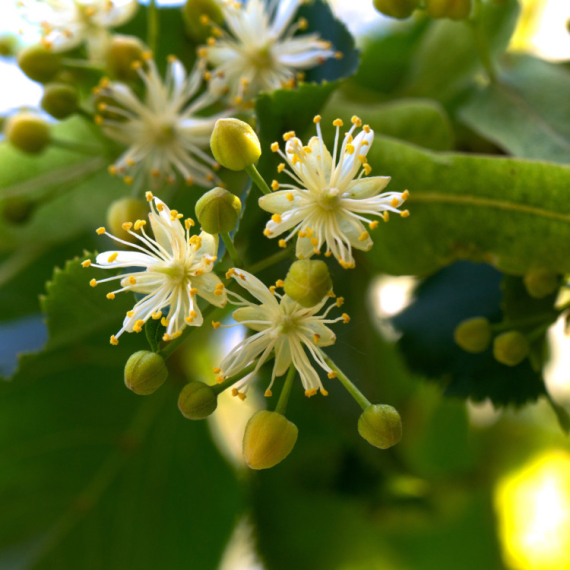
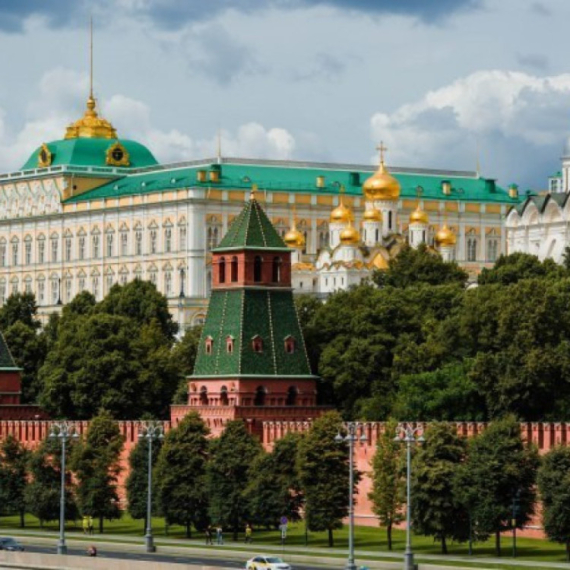
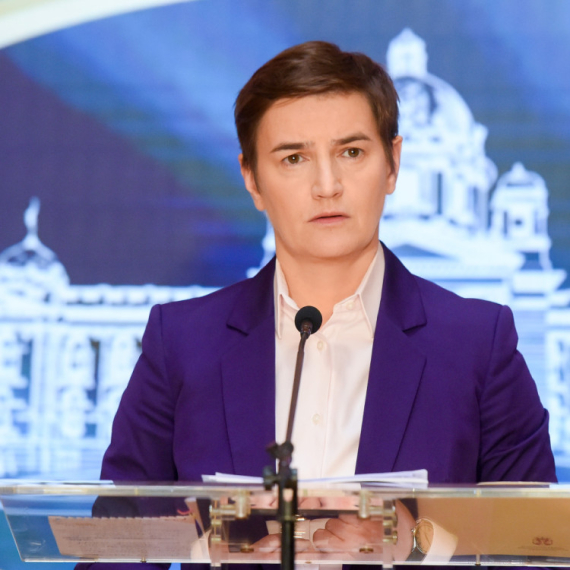

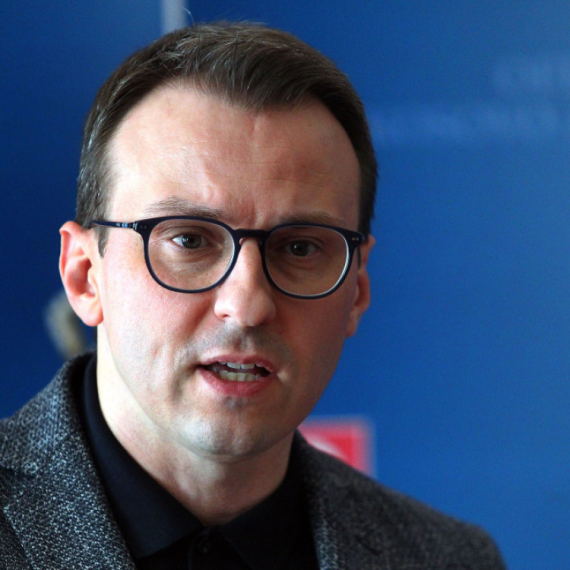
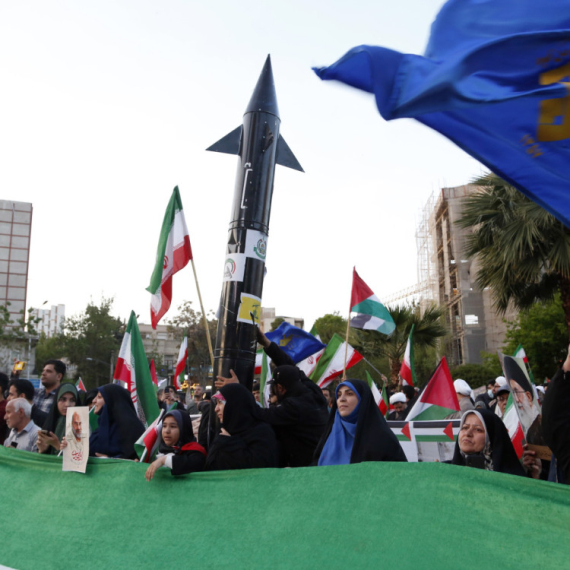

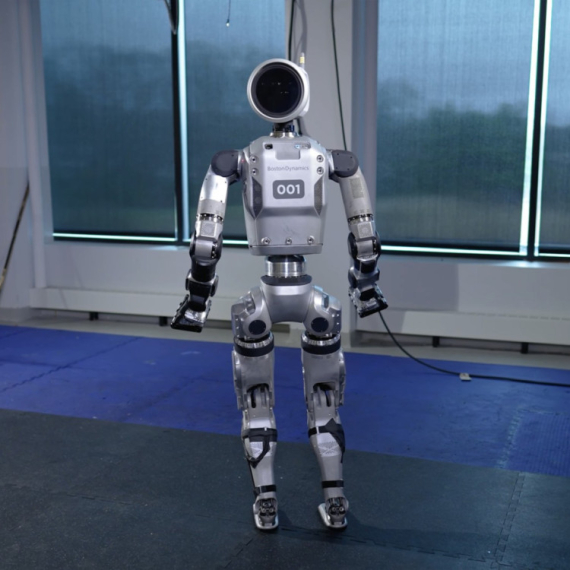

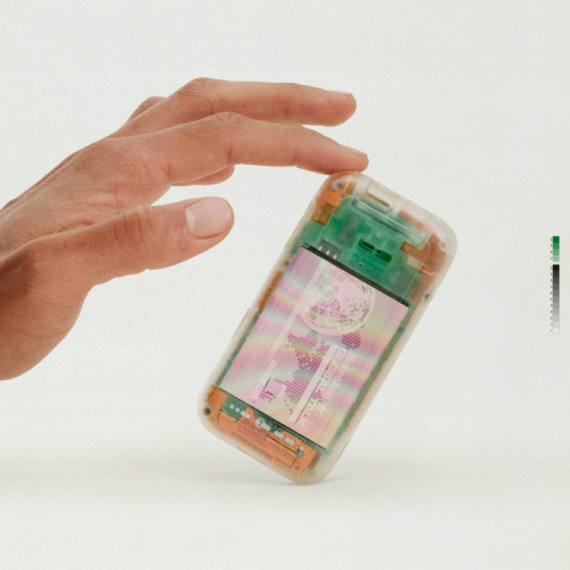
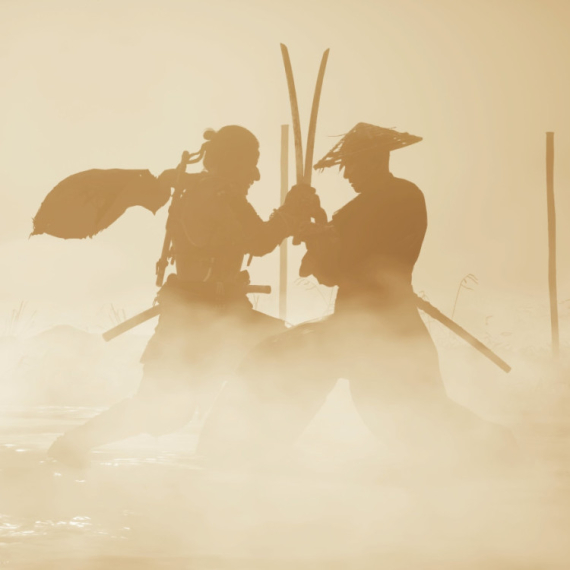


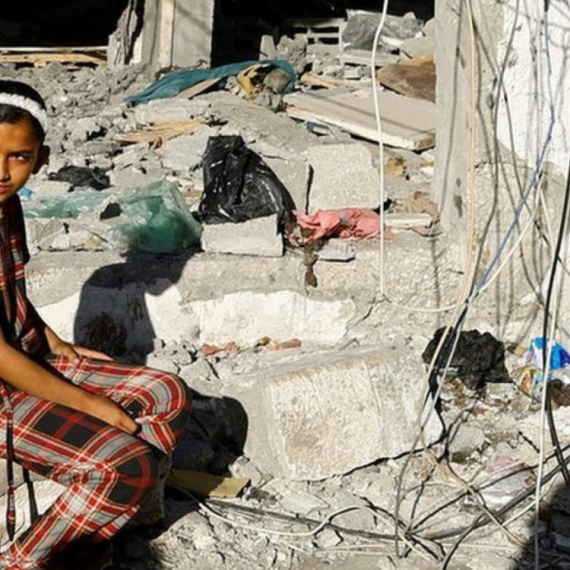
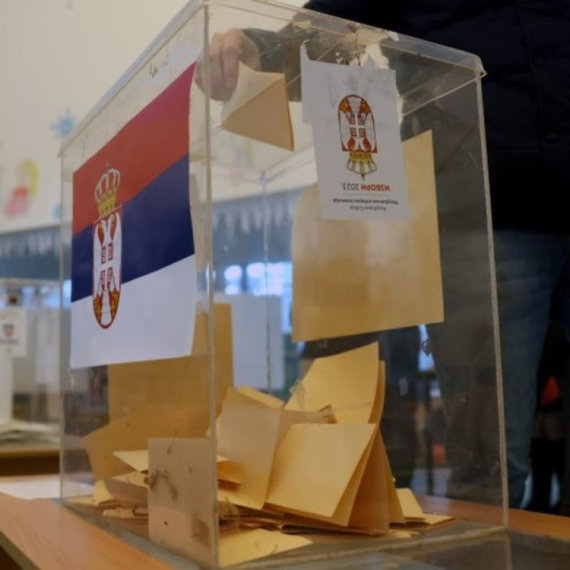
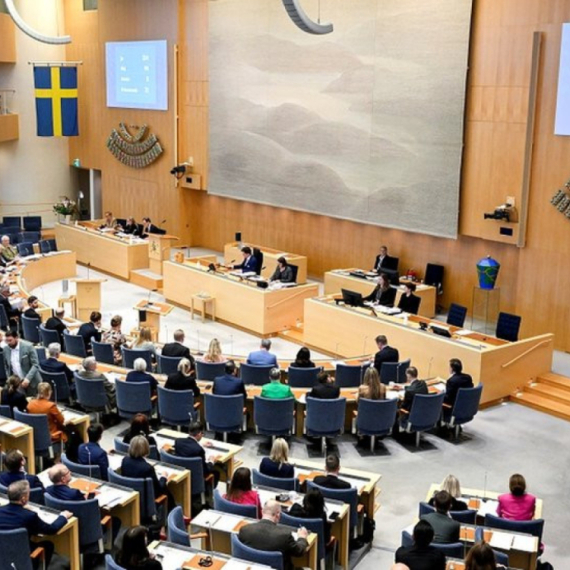

Komentari 1
Pogledaj komentare